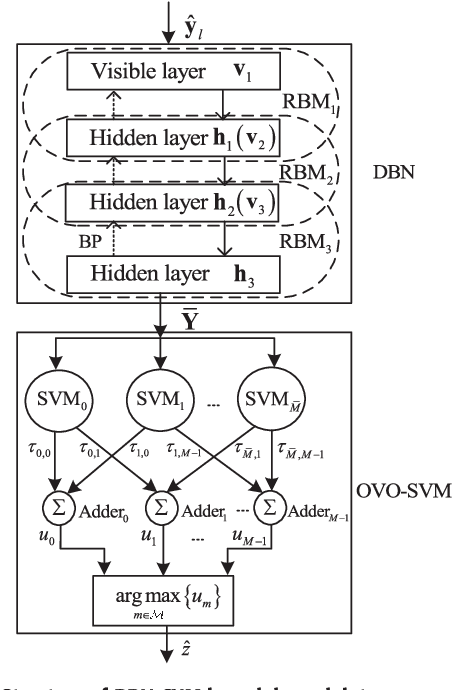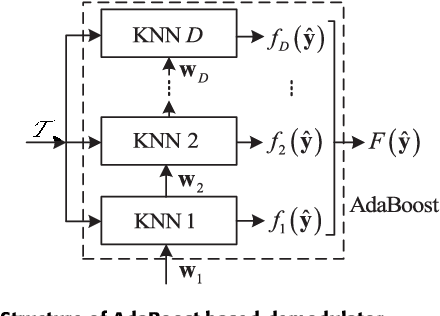Zhenzhen Wu
MiniMax-M1: Scaling Test-Time Compute Efficiently with Lightning Attention
Jun 16, 2025



Abstract:We introduce MiniMax-M1, the world's first open-weight, large-scale hybrid-attention reasoning model. MiniMax-M1 is powered by a hybrid Mixture-of-Experts (MoE) architecture combined with a lightning attention mechanism. The model is developed based on our previous MiniMax-Text-01 model, which contains a total of 456 billion parameters with 45.9 billion parameters activated per token. The M1 model natively supports a context length of 1 million tokens, 8x the context size of DeepSeek R1. Furthermore, the lightning attention mechanism in MiniMax-M1 enables efficient scaling of test-time compute. These properties make M1 particularly suitable for complex tasks that require processing long inputs and thinking extensively. MiniMax-M1 is trained using large-scale reinforcement learning (RL) on diverse problems including sandbox-based, real-world software engineering environments. In addition to M1's inherent efficiency advantage for RL training, we propose CISPO, a novel RL algorithm to further enhance RL efficiency. CISPO clips importance sampling weights rather than token updates, outperforming other competitive RL variants. Combining hybrid-attention and CISPO enables MiniMax-M1's full RL training on 512 H800 GPUs to complete in only three weeks, with a rental cost of just $534,700. We release two versions of MiniMax-M1 models with 40K and 80K thinking budgets respectively, where the 40K model represents an intermediate phase of the 80K training. Experiments on standard benchmarks show that our models are comparable or superior to strong open-weight models such as the original DeepSeek-R1 and Qwen3-235B, with particular strengths in complex software engineering, tool utilization, and long-context tasks. We publicly release MiniMax-M1 at https://github.com/MiniMax-AI/MiniMax-M1.
Deep Learning for Signal Demodulation in Physical Layer Wireless Communications: Prototype Platform, Open Dataset, and Analytics
Mar 08, 2019



Abstract:In this paper, we investigate deep learning (DL)-enabled signal demodulation methods and establish the first open dataset of real modulated signals for wireless communication systems. Specifically, we propose a flexible communication prototype platform for measuring real modulation dataset. Then, based on the measured dataset, two DL-based demodulators, called deep belief network (DBN)-support vector machine (SVM) demodulator and adaptive boosting (AdaBoost) based demodulator, are proposed. The proposed DBN-SVM based demodulator exploits the advantages of both DBN and SVM, i.e., the advantage of DBN as a feature extractor and SVM as a feature classifier. In DBN-SVM based demodulator, the received signals are normalized before being fed to the DBN network. Furthermore, an AdaBoost based demodulator is developed, which employs the $k$-Nearest Neighbor (KNN) as a weak classifier to form a strong combined classifier. Finally, experimental results indicate that the proposed DBN-SVM based demodulator and AdaBoost based demodulator are superior to the single classification method using DBN, SVM, and maximum likelihood (MLD) based demodulator.
 Add to Chrome
Add to Chrome Add to Firefox
Add to Firefox Add to Edge
Add to Edge